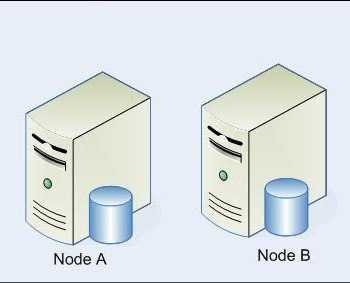[Note from Pinal]: This is an 86th episode of Notes from the Fields series. Deadlock is very annoying when they happen in our database. In my early career my biggest frustration was I had no idea why the deadlocks are happening and because I did not know the root cause, I was never able to solve them. As time passed by, now I have a better understanding of this situation.

In this episode of the Notes from the Field series database expert John Sterrett (Group Principal at Linchpin People) explains a very interesting subject of how to find deadlocks in SQL Server. Linchpin People are database coaches and wellness experts for a data driven world. Read the experience of John in his own words.
For one reason or another I tend to find out that DBAs in the field have a hard time detecting and understand how deadlocks occur. A deadlock occurs when two or more sessions are blocked on each other and one statement has to be terminated to prevent the sessions from being hung on each other.

Let’s take a quick look at locking, blocking and deadlocks with a real-world example that is included in the video below. In the simple example provided in the video there are two sessions each with statements that update the same tables concurrently with explicit transactions that are held until the statements are committed or rollback. For example, session one updates all the records in table one while session two updates all the records in table two. At this point we have locking. Session one has a lock on table one and session two has a lock on table two, but neither session is blocking each other from doing work. Next while our statements are not committed in either session we have session one update the same records being updated on session two. This is known as blocking because session two is blocking session ones update table two. Next we have session two attempting to update table one which is currently being locked by session one. Now we have a deadlock because session one is blocked by session two and session two is blocked by session one. To prevent both sessions from being hung one of them becomes the deadlock victim while the other get to continue its work.
How Do We Find Deadlocks?
Before SQL Server 2008 we would have to rely on configuring trace flags, service broker, or a server side traces to capture deadlock information so we could be proactive and take action to prevent the deadlocks from reoccurring. In SQL Server 2008 we were given extended events and could leverage a default system health extended event which is automatically running in the background to identify deadlocks. This is a great addition because we didn’t have to manually configure anything to catch the deadlocks. In SQL Server 2012 this got easier because we could rely on the graphical user interface inside of SQL Server Management Studio to filter our system health extended event to focus straight on our deadlocks.
In the video below you will be able to create deadlocks and be able to proactively monitor them with the native tools provided with SQL Server Management Studio in SQL Server 2012 or 2014.
Are your servers running at optimal speed or are you facing any SQL Server Performance Problems? If you want to get started with the help of experts read more over here: Fix Your SQL Server.
Reference: Pinal Dave (https://blog.sqlauthority.com)





